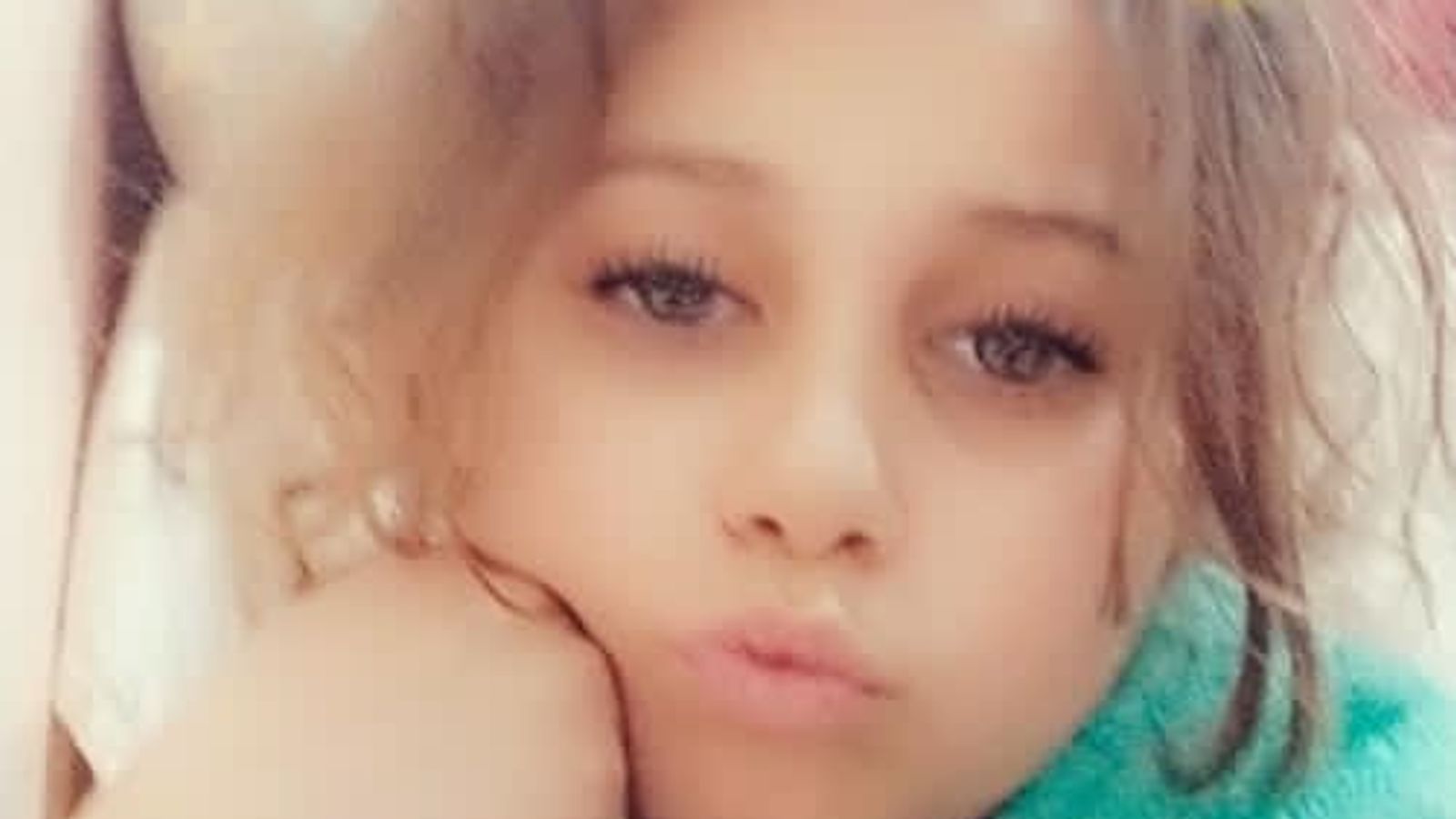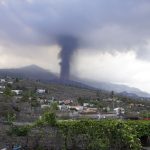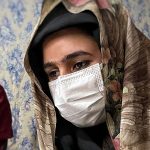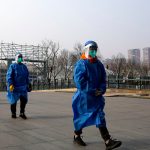Of all the stories coming out of Gaza this past fortnight, one in particular is so terribly tragic.
As the ceasefire was announced late last week, news emerged from the Norwegian Refugee Council (NRC) that 11 children it was treating for trauma from previous conflicts had died in this latest one.
We reported on it at the time and now we have travelled to meet the family and friends of one of the young girls.
Her name was Dima.
At a family home in Gaza City, temporarily being used as a rehabilitation centre, we met four children.
Aseel, Fadwa, Ghazal and Mariam are all friends – all already traumatised by their short life in Gaza.
And now they are trying to understand why the fifth one in their group, 11-year-old Dima, is gone.
They spoke to us with the agreement and supervision of a specialist from the NRC.
“Dima was really loved. She was polite and clever. We all loved her,” Ghazal and Mariam tell me.
“She has a big part of our hearts. She was really clever. She was respectful and polite.”
“When we played together. We used to play sports together. And play with toys,” they both say.
“We won’t forget the days we spent together and played together.”
“I don’t want to go back to school without Dima being there,” says Ghazal.
It’s a short drive from the rehab centre, through sprawling poverty of Gaza, to the Jabalia neighbourhood where their friend lived and where she died.
Dima’s uncle met us outside the family home and showed us the spot where his niece was walking at 8pm last Tuesday.
Dima had been to a neighbour’s house to collect a bread maker. The electricity had come back on briefly and her mother wanted to do some baking.
That was when it happened.
In the wall next to the house is a small hole, 5ft or so high and in the ground, is a small crater, no larger than a rabbit hole.
There isn’t much damage around except for some shrapnel scars on the buildings.
Weapons experts have told Sky News it’s hard to determine what caused it, without an on-the-ground investigation, but say the damage is consistent with an explosive precision-guided weapon.
The family have fragments of what they say was a missile fired from a drone.
Throughout this conflict, both sides have accused each other of being responsible for civilian deaths.
The Israelis say a proportion of them were caused by Hamas rockets misfiring and falling short. Hamas does not have guided weapons.
An Israel Defense Forces spokesman has told Sky News it “will check” on their activities in the area at the time Dima died.
Dima’s family need the truth. It will go some way to helping them recover – because at the moment they are broken.
Inside, we met Dima’s mother, Dina Asayali. Talking to her, hearing her story and feeling her grief was deeply affecting.
She sobbed as she spoke: “I’m grieving for her. She’s a very innocent girl. They bombed her. Why did they do that? Tell me? What did she do?
“A child went to go and get a pot to make bread and they bombed her, they targeted her. Is she from the resistance?”
She now blames herself for the death. She had asked Dima to get the bread maker.
“I was waiting for her, I was waiting for her so I could finish making bread because the electricity came back on suddenly,” she says.
She recalled her “most beautiful daughter… a very active child”.
“She prefer to play with kids than to go to school. Her life was very active. Very active. Her heart like the sea, she loves everyone. She would even play marbles with the grownups. She would play with people of her age and different ages. She was very active.”
The day before she died, Dima had told her mother she wanted to go to a school to shelter. She was frightened of the bombs. This wasn’t the first war she had experienced.
“I prepared a bag for her. Because she was afraid of them. I prepared a bag for her three hours before she died,” says Dima’s mother.
“I want to hug her, and take her away with me but in the end I didn’t find her. I found a dead body.”
Follow the Daily podcast on Apple Podcasts, Google Podcasts, Spotify, Spreaker






















